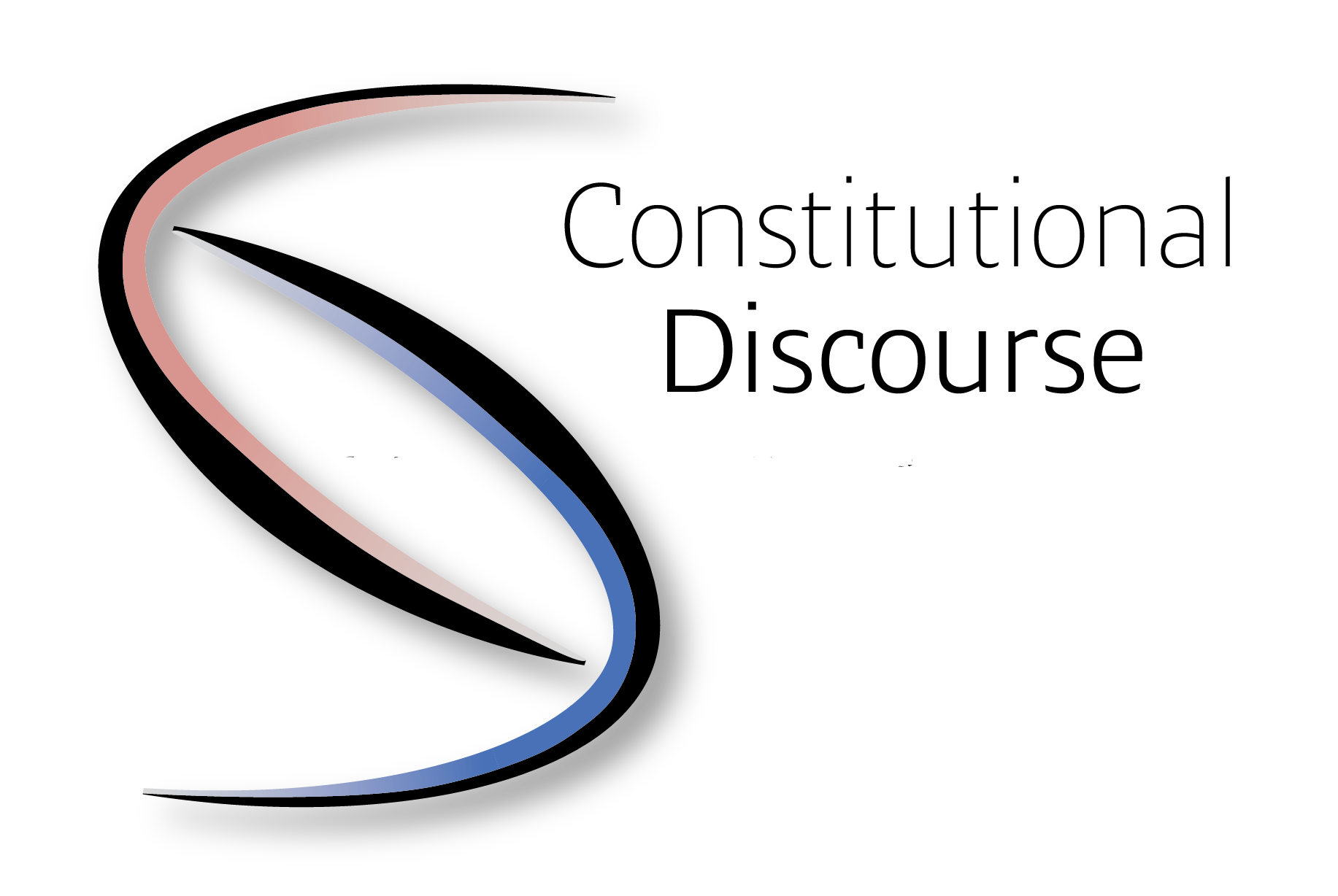The Path to Digital Sovereignty: The European Chips Act and Beyond
On 21 September the European Chips Act came into force. The legislation introduces a comprehensive package of measures to ensure the EU's security of supply, flexibility and technological leadership in the field of semiconductor technologies and applications. With the newly enforced
Márton BALOGH: Given or Taken? The Primacy of EU Law in the French ‘Data Network’ Decision
There is a recent French decision, the "French Data Network" decision from 2021, in connection with the primacy of EU law from the Council of State (Conseil d’État). The aim of this post is to study this decision and to
Márton BALOGH: Nicolo and Others: Groundbreaking French Jurisprudence on EU Law Primacy
The French practice on the primacy of European law is crucial for several reasons. One of them is the fact that France is one of the founding members of the European Coal and Steel Community, initiating the Schuman Declaration of
Márton BALOGH: What Comes First? The Primacy of the European Law in the French Constitution and in Its Judicial Practice
The principle of European Union (EU) law primacy constitutes a foundational element of the EU legal framework, while its application varies among member states. This essay delves into the French interpretation of EU law primacy, a country that is one
Márton BALOGH: The Evolution of the EU Law Primacy Concept: Where Are We Today?
The primacy of European law is a legal concept aiming to solve questions arising from the conflicts between national law and European law. The concept establishes the “supremacy” of the law made by the EU institutions over the member states
Márton BALOGH: How Did the Rosneft Case Shape the Judicial Practice of the Common Foreign and Security Policy?
The Common Foreign and Security Policy (CFSP) is the only (or the last, depending on the approach)intergovernmental policy of the European Union. The intergovernmental decision-making process itself is present in many areas of the EU, however, the CFSP is the
Márton SULYOK: Pitch Black in Strasbourg or a Bright, Sunshiny Day? Constitutional Identity and Anti-Discrimination in Context
2023 marks the thirtieth anniversary of the accession of my home country (Hungary) to the ECHR. A perfect time for stocktaking in the jurisprudence of the ECtHR regarding issues that might define the next 30 years. This is where constitutional
Boglárka BÓLYA: Could technology pave the way to a more democratic European Union?
One of the most basic principles of political thought is the fact that the essence of democracy, as the term's origins reveal, entails the notion of giving the power of ruling (kratos) to the people (demos). Yet, to this day,
Vagelis PAPAKONSTANTINOU: The (New) Role of States in a ‘States-As-Platforms’ Approach
The forceful invasion of “online platforms” not only into our everyday lives but also into the EU legislator’s agenda, most visibly through the DSA and DMA regulatory initiatives, perhaps opened up another approach to state theory: what if states could
Márton CSAPODI: Integration without control? The FCC has ruled on EU borrowing
On 6 December 2022, the German Federal Constitutional Court (FCC) ruled on a case affecting the whole of Europe, as it had to decide whether the EU Council’s Own Resources Decision (ORD), which authorizes the Commission to borrow up to




